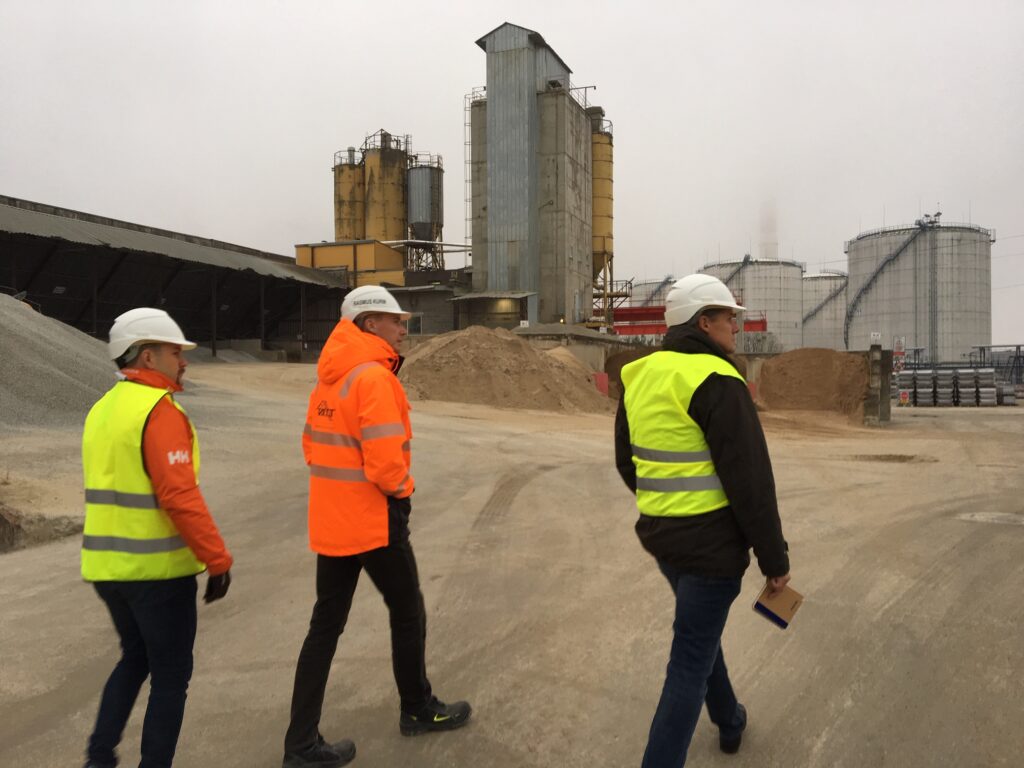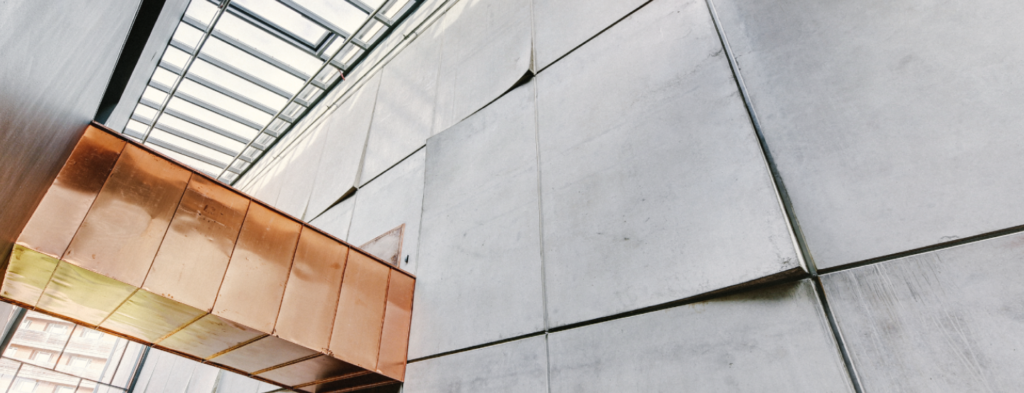What challenge was targeted with the ecodesign audit?
The objective of the audit was to map the current situation of the company and to ascertain, which aspects of ecodesign could be implemented, in order to minimize the environmental footprint and to prepare for the future legislation amendments having impact on manufacturing enterprises.
The objective of the capability assessment was to analyze and assess the level of available business strategy and management system in AS Framm, processes and practices of product development, and availability or lack of other major management elements necessary for successful integration of the principles of circular economy into the business strategy and product development/design process of the company.
How was the target reached?
Survey analysis, interviews with the management and workshop with employees were performed in the company during the ecodesign audit. In result of the audit, specific directions were recommended to the management of the company for achieving change through appreciation of input material. Thereby the company received guidelines for making the production more sustainable and resource-efficient, how to minimize the quantity of generated waste, recycle them and create new products.

What changed after the audit, which were the benefits?
Adoption of a circular economy model is a major challenge for industrial enterprises, because green image means large investments into the production process and reorganization of the entire supply chain, product development and implementation of new technologies.
The audit showed that the company had already taken steps in certain more prospective fields of circular economy. For example, the issues related to input materials of concrete products are highly important and constantly under control. The company has also continuously handled the issues of resource and energy efficiency of production processes, and analyzed technological possibilities for sending the excess concrete material remaining from the production process back to the concrete production. Such approach would be clearly the highest level of recycling of generated production waste. Until now, production waste had been delivered to relevant companies for external reuse. The analysis showed that the available production process as well as the products have a potential for further development from the standpoint of circular economy and ecodesign.
How is ecodesign revealed in the final result?
In result of the audit, Framm received guidelines for making the production more sustainable and resource-efficient, how to minimize the quantity of generated waste, recycle them and create new products.
Read more from the Design Blog.




